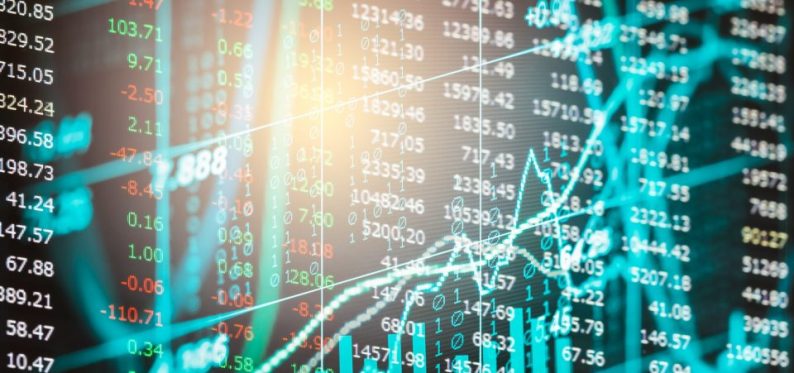Perhaps the savvy investors who have picked up a tip or two from enduring regular market corrections could see a key stock market indicator coming. But there are few of those left. The stock market has steamrolled to the kind of record highs that serious analysts and money managers would be embarrassed to have predicted, let alone inform their portfolio decisions accordingly. By January 26, when the Dow went above 26,000, these same experts would have been embarrassed about not seeing how bullish the sentiment really was. Lucky for them, they only had to wait 24 hours to notice that their instinct was correct.
On Monday, February 5, there was a flash-crash. Goldman Sachs predicted it a few days earlier.

The most famous investment bank on Wall Street may have anticipated a flash-crash but this looks more serious. That there is a tectonic shift in the way investors are thinking about the market was confirmed on February 9, as stocks gave up any gains from the small recovery of the previous day. Then again, Goldman had noticed that the Dow had risen for the longest period ever without experiencing a five-percent correction.
Stock Market Collapse 2018
The market indicator that everyone should have noticed was as clear as dawn on a beautiful spring morning. The indicator has many possible names, but they all have something in common with excessive optimism or exuberance. How many times have we seen this show play out to its logical and inevitable crash conclusion? It was irrational exuberance that caused the 1929, 2000, and 2008 crashes. Valuations were simply too high. Price-to-earnings ratios are about 27 times. That’s much higher than average.
But that’s not all. Nothing quite speaks of the excess of optimism more than the surge of cryptocurrencies and Bitcoin, in particular. Someday, sooner than later, historians and economists will write about his phenomenon in the same way they’ve written about the Tulip mania and South Sea bubbles of the 16th and 17th centuries.













Leave A Comment